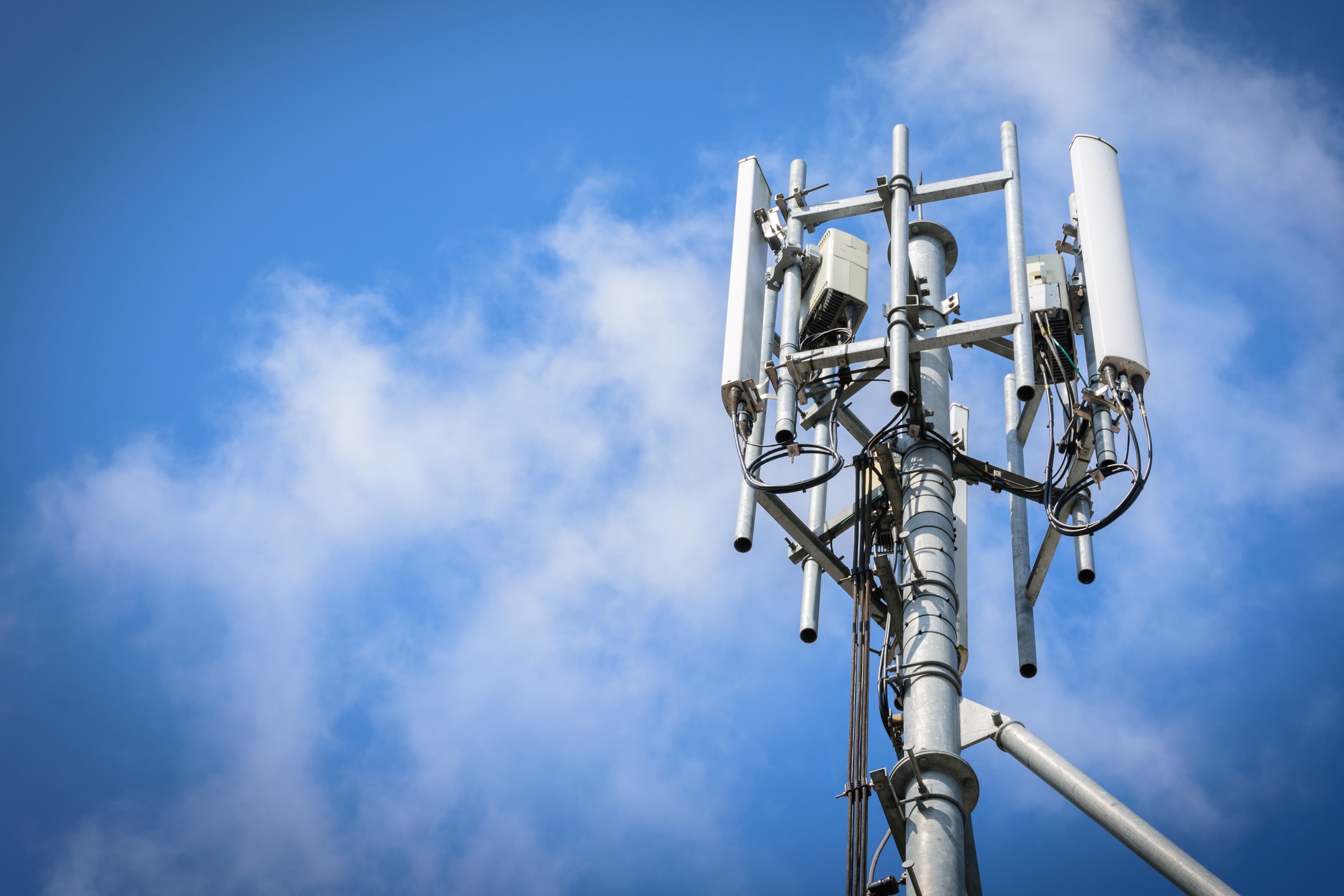In the event that you? ve ever strolled via a city, you may have got spotted small micro 5G cell may be on street light-weight poles. These look like small containers, but they? re really transmitting cordless signals from cellular carriers to the phone.
These more compact, purpose-built cell systems are replacing bigger, purpose-built ones. When less obvious, these people may nevertheless cause issues for people.
Typically the FCC? s The radiation Exposure Thresholds
The particular Radiation Exposure Thresholds of the FCC establish the secure distance from which a person might be exposed to electromagnetic radiation from cordless devices. The exposure limitations are established on scientific evidence indicating that RF energy may get hazardous to human being health.
The actual intake rate (SAR) quantifies the radiofrequency strength absorbed by cells. what is a safe distance from a 5g cell tower is usually 1. 6 w per kilogram, proportioned across one gram of tissue.
Nevertheless, since 5g sends at higher eq, it may induce more energy power within the skin plus other immediately revealed body parts. This might result in some sort of variety of probable consequences, such while the accelerated development of skin health issues such as eczema, skin cancer, plus cataracts.

Due regarding the potentially severe consequences of 5g radiation, PSU offers opted to enforce a general localized power density restriction of 4 mW/cm2 averaged over 1 cm2, and not really to exceed 25 minutes, for all 5G services at 3 thousands GHz. This restricted limit is steady with the maximum spatial-average SAR regarding 1. 6 W/kg averaged across a single g of muscle at 6 Gigahertz.
The FCC? h Maximum Exposure Thresholds
If you've actually used a cell phone, you surely understand that an individual must be at least 400 meters away from the tower for safety. This is due to the simple fact that the transmission strength of the cellular tower grows significantly with distance.
safe distance from cell tower may appear like a wonderful idea, the reality is that those living close to podiums may be even more prone to health issues. safe distance from cell tower in Of india, for instance, indicated that persons who resided within 55 meters of portable towers had higher health concerns compared to those who were living farther away.
However, this research likewise revealed that symptoms returned to typical in just a few days and nights for persons who else relocated to locations distant from cellular towers. Several research have indicated that exposure to higher degrees of radiofrequency electromagnetic fields (EMFs) may induce cancer, brain tumors, and other health concerns.
RF radiation, which is definitely used in cellular communication, may permeate the outermost part of the body of a human, the skin. The particular skin functions while a protective hurdle against mechanical harm, infection by pathogenic bacteria, and the admission of hazardous chemicals. It is definitely responsible for preserving the integrity involving other organs and is the biggest body inside the human entire body.
Minimum Exposure Thresholds of the FCC
The FCC's Minimum Exposure Thresholds depend on a number associated with unsupported scientific presumptions. They include the erroneous notion that short-term exposures to RF radiation are safe still to pay to low transmission into the body (i. e., muscle heating) (i. e., tissue heating).
Furthermore, the assumption disregards the deeper transmission with the ELF pieces of modulated RF signals and the impact of brief warmth bursts from pulsed RF waves. These kinds of assumptions usually do not line up with the existing knowledge of typically the biological effects associated with RF radiation; hence, they should not have to get utilized to establish health-protective exposure boundaries.
In addition , the ICNIRP and FCC constrict their maximum coverage limits to area peak SARs structured on the peak spatial specific intake rate (psSAR), which is an insufficient dosimetric technique for analyzing the degree of RF radiation exposure. Specifically, psSAR is incorrect at frequencies greater as compared to 6 GHz. Moreover, psSAR is actually not investigated for RF rays with co-exposure to other environmental factors such as sun. Interactions between radiofrequency (RF) radiation and even other environmental elements may have bloodthirsty or synergistic outcomes. This would boost the likelihood of harmful health outcomes. Co-exposure to RF rays and sunshine, with regard to instance, may boost the risk of pores and skin cancer and intensify other skin problems, like acne.
